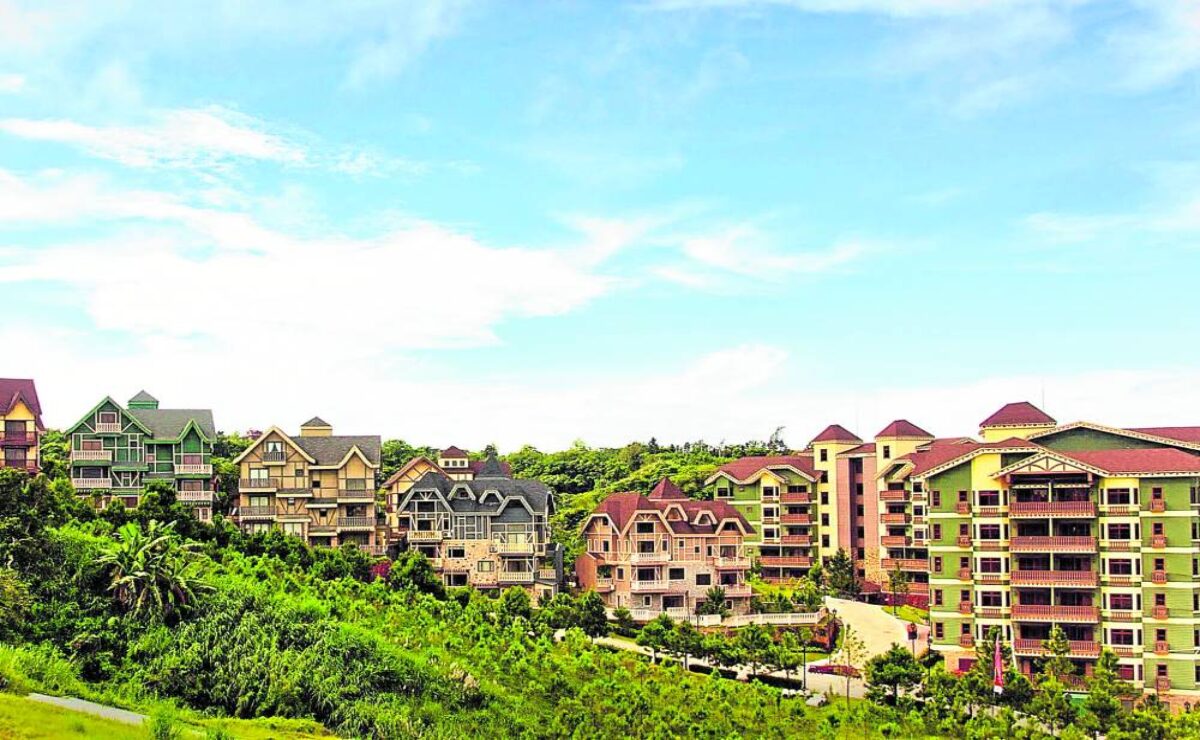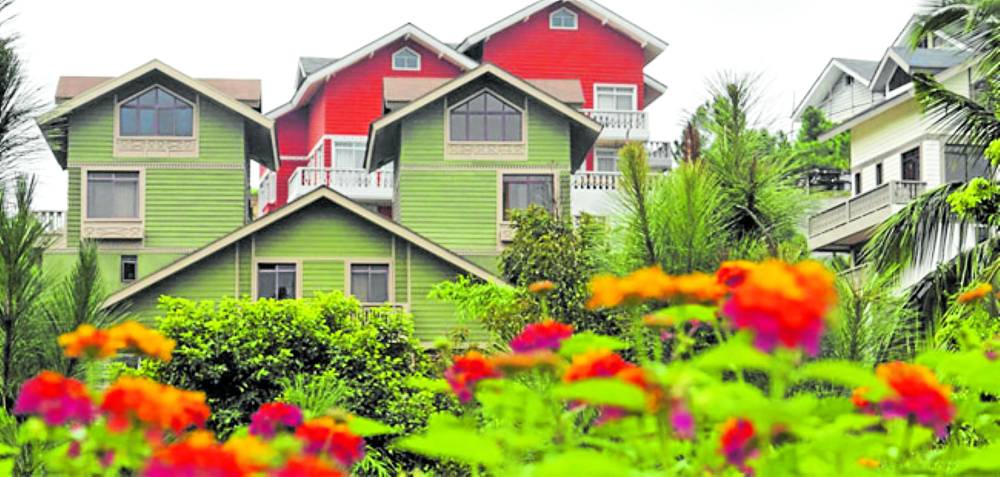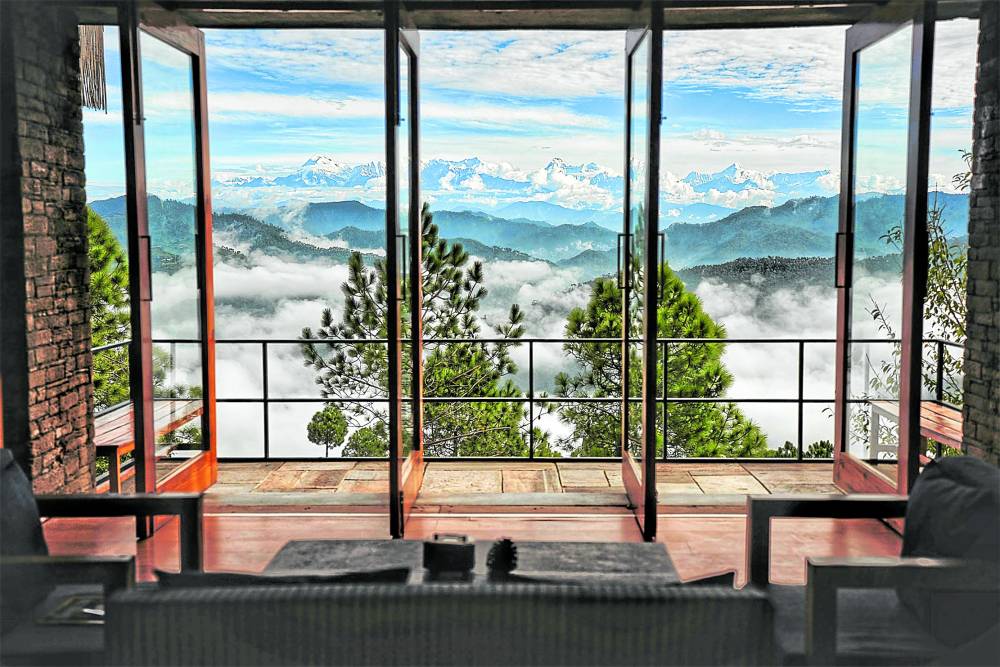The mastery of highland development in mixed-use communities

When adequately executed, mixed-use planning enhances convenience and attractiveness, encouraging long term residency and repeat tourism. (https://www.brittany.com.ph)
A highland development reaches its full potential by integrating a thoughtful mix of residential enclaves, commercial hubs, leisure areas, and wellness spaces.
This composition creates a dynamic and self-sustaining environment where residents and visitors engage in various experiences without leaving the community.
Mixed-use spaces for livability, market value
Zoning regulations must balance density with open space, ensuring that panoramic views and green corridors remain untouched while maximizing the efficiency of built environments. When adequately executed, mixed-use planning enhances convenience and attractiveness, encouraging long term residency and repeat tourism.
READ:The mastery of highland development in mixed-use communities
Restaurants offering locally sourced cuisine, artisanal coffee shops, boutique hotels, and wellness retreats provide services supporting economic growth and social interaction.
Architectural approaches that work with the land
Highland architecture succeeds by blending with the natural landscape, using tiered layouts that follow the contours of hills and valleys.

Inspired by mountain lodges, eco-villas, or European chalets, architectural styles contribute to a cohesive identity. (https://www.crosswindstagaytay.com)
Homes and public spaces are positioned for optimal views while minimizing earth disruption. Adaptive designs utilize cantilevered structures and deep foundations for stability, while large windows and open-air balconies enhance natural light and ventilation, promoting energy efficiency.
Climate considerations for comfort, sustainability
The distinct climate conditions of high-altitude regions demand design responses that enhance occupant comfort while minimizing environmental footprints. Highland areas often experience lower ambient temperatures, higher humidity, and periodic strong winds.
Landscaping with indigenous plants stabilizes soil and creates microclimates that enhance thermal comfort.
Rainwater harvesting systems and drip irrigation reduce water consumption, ensuring the landscape remains lush without straining local resources. Communities prioritizing sustainable practices in private and public spaces demonstrate a commitment to long term ecological stewardship.
Infrastructure that withstands time, nature
Highland developments encounter specific infrastructure challenges related to accessibility, water management, and resilience to natural forces. Roads must navigate steep gradients while ensuring safety.
Solutions like switchback designs, permeable pavement, and drainage systems help manage runoff and prevent erosion. Stormwater management, including retention ponds, reduces flooding and landslide risks.
Designing for experience, exclusivity
Emphasizing recreational amenities like hiking trails, meditation gardens, and outdoor fitness areas enriches the lifestyle. Boutique retail shops, farm-to-table restaurants, and exclusive spa services enhance the community.

Highland architecture succeeds by blending with the natural landscape. (https://www.trailfinders.ie)
Inspired by mountain lodges, eco-villas, or European chalets, architectural styles contribute to a cohesive identity. The result is a highland community that combines aesthetic appeal with practical luxury, appealing to discerning investors and residents.
Preserving nature while encouraging growth
Responsible environmental management is essential for long term success in highland development.
Preservation efforts begin with comprehensive ecological impact assessments to ensure that development activities protect biodiversity and maintain the health of existing ecosystems. Implementing tree preservation plans, establishing green buffer zones, and launching reforestation initiatives help strengthen natural habitats and prevent soil erosion.
The author (www.ianfulgar.com) is a leading architect with an impressive portfolio of local and international clients. His team elevates hotels and resorts, condominiums, residences, and commercial and mixed-use township development projects. Ian’s innovative, cutting-edge design and business solutions have garnered industry recognition, making him the go-to expert for clients seeking to transform their real estate ventures

